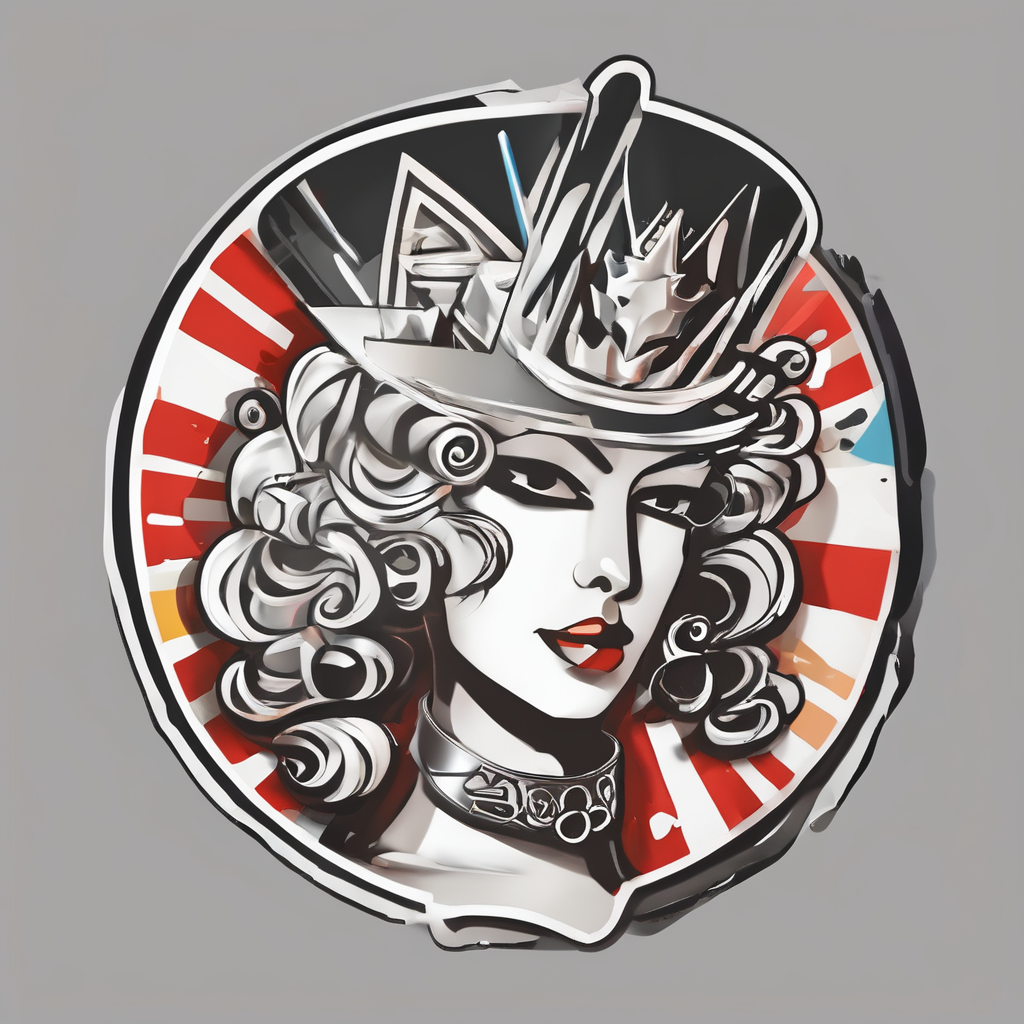UK Women’s Fashion: A Historical Overview
UK women’s fashion history reveals a rich tapestry shaped by evolving societal values and cultural milestones. From the elaborate gowns of the Victorian era to the practical attire of post-war Britain, fashion evolution in the UK reflects changing roles and aspirations of women. Key periods include the Regency era’s delicate empire waistlines, the flamboyant styles of the Edwardian period, and the revolutionary 1960s when British culture embraced youth and rebellion.
Historical influences such as British class structures, imperial ties, and economic shifts deeply impacted women’s clothing choices. For example, the austerity of the 1940s prompted utilitarian designs, while the swinging sixties celebrated bold patterns and shorter hemlines inspired by a burgeoning pop culture scene. Early signs of international recognition surfaced with London becoming a hub for emerging fashion designers who challenged norms and attracted attention beyond Britain’s borders.
This historical progression laid a foundation for the UK’s ongoing role in global style. Understanding UK women’s fashion history means recognizing how British culture and societal changes have continuously informed, and been reflected in, the enduring evolution of women’s fashion.
UK Women’s Fashion: A Historical Overview
Understanding UK women’s fashion history reveals how deeply intertwined clothing trends are with Britain’s cultural and social fabric. From the elaborate dresses of the Tudor era to the refined silhouettes of the Victorian period, each key period marks a milestone in fashion evolution. The Industrial Revolution, for instance, introduced new textiles and manufacturing methods that transformed accessibility and styles.
Historical influences such as class distinctions and political shifts have shaped distinct fashion trends across centuries. During the Edwardian era, the emergence of the Gibson Girl silhouette reflected changing roles for women, symbolizing more independence and social mobility. Later, the 1920s saw the flapper dress embodying youthful rebellion and the aftermath of World War I.
Early signs of international recognition came as UK fashion began influencing European styles through royal courts and trade. The British aristocracy’s preference for tailored garments emphasized practicality and elegance, elements that persisted as hallmarks of UK fashion history. This evolving narrative of fashion evolution underscores the UK’s pivotal role in shaping women’s apparel, not just regionally but ultimately on a global stage.
Pioneering UK Designers and Iconic Fashion Movements
The UK fashion designers have played a pivotal role in shaping the global fashion landscape. From the visionary work of Mary Quant, who propelled the Mod fashion movement with her iconic mini skirt, to Vivienne Westwood’s revolutionary influence on Punk, British creativity has driven some of the most significant fashion movements in history. These designers not only launched distinctive styles but also challenged traditional norms, pushing boundaries that resonated worldwide.
The Mod movement, notable for its clean lines and youthful energy, captured the spirit of 1960s London and spread rapidly across Europe and America. Similarly, the Punk movement, with its rebellious attitude and DIY aesthetic, arose from the UK’s socio-political climate and became synonymous with British style icons. The New Romantic movement later added theatrical flair and flamboyance, further cementing the UK’s role as a fountainhead of innovation.
British style icons, from Twiggy to Kate Moss, have carried these movements into enduring global appeal. Their influence continues to inspire fashion designers and consumers alike, emphasizing the UK’s unmatched legacy in pioneering the evolution of modern apparel. This legacy underlines how UK fashion designers are intertwined with enduring fashion movements that define British and international style today.
UK Women’s Fashion: A Historical Overview
Understanding the key periods in UK women’s fashion history is essential to grasp the full scope of its evolution. From the elaborate Tudor gowns to the sharply tailored Edwardian silhouettes, each era represents a distinct chapter marked by changing tastes and social dynamics. The Regency period introduced delicate empire waistlines that symbolized refinement, while the Victorian era’s corseted shapes conveyed strict social hierarchies and femininity ideals.
Historical influences such as industrial advancements and socio-political shifts repeatedly shaped fashion trends. For instance, the Industrial Revolution made textiles more accessible, enabling wider participation in fashion evolution across classes. The 20th century’s post-war austerity moderated styles towards functionality without sacrificing elegance.
British culture’s impact on fashion trends cannot be overstated. Class structure dictated not only fabric choice but also what was deemed appropriate attire across regions and social standings. Early signs of international recognition appeared as London emerged as a focal point for style innovation, with British designers gaining prestige beyond the UK. This growing influence helped cement the UK’s position in global fashion conversations, blending native cultural elements with wide-reaching aesthetic appeal.
UK Women’s Fashion: A Historical Overview
UK women’s fashion history is marked by distinct key periods and milestones that reflect broader societal changes. The Victorian era introduced structured silhouettes symbolizing modesty and social order, while the 1920s flapper styles heralded newfound freedom and rebellion after World War I. Post-war austerity in the 1940s shifted fashion toward practicality without sacrificing elegance, emphasizing utilitarian yet stylish designs that met societal needs.
Historical influences from British culture, such as class structures and political shifts, profoundly shaped trends. The Edwardian era’s Gibson Girl silhouette embodied a blend of femininity and emerging female independence, signaling evolving social roles. Britain’s imperial connections also facilitated fabric and style exchanges, enriching the fashion landscape.
Early signs of international recognition appeared as London’s fashion scene began influencing continental Europe, particularly through avant-garde designers and royal patronage. This cross-pollination established the UK as a key player in the fashion evolution narrative, blending traditional elegance with innovative spirit. Ultimately, UK women’s fashion history reflects a continuous dialogue between culture, society, and global style trends, underscoring its lasting impact on the international fashion stage.
UK Women’s Fashion: A Historical Overview
UK women’s fashion history is marked by distinct key periods that reflect societal shifts and cultural developments. The Victorian era, noted for its rigid corsetry and elaborate designs, expressed the era’s social hierarchies, while the 1920s flapper dress epitomized a dramatic break toward youthfulness and freedom following World War I. Each milestone in fashion evolution mirrors changing attitudes toward women’s roles and identities.
Historical influences from British culture, including class structures and industrial progress, significantly shaped these trends. For example, the Industrial Revolution’s impact on textile production widened access to fashionable clothing, democratizing style beyond the aristocracy. Social changes like women’s increasing participation in the workforce also fostered more practical and functional attire, evident in post-war fashion.
Meanwhile, early signs of international recognition emerged as London became a dynamic hub for style innovation. British designers and cultural elites influenced European fashion, blending local traditions with global aesthetics. This interplay underscores how UK women’s fashion history not only reflects internal cultural currents but also signals Britain’s expanding role in global fashion conversations. The evolution is a testament to how British society and international engagement continuously inform the country’s influential fashion legacy.
UK Women’s Fashion: A Historical Overview
UK women’s fashion history unfolds across distinct key periods that shaped the trajectory of fashion evolution. The Tudor era introduced lavish fabrics and ornate detailing, reflecting wealth and status. Moving forward, the Regency period showcased delicate empire waistlines, symbolizing grace and refinement. Victorian fashion emphasized structured silhouettes and corsetry, mirroring societal expectations of modesty and hierarchy.
Historical influences from British culture deeply impacted these trends. The rigid class system dictated fabric quality, garment complexity, and accessibility, while political changes inspired shifts in style. For example, the Industrial Revolution facilitated mass production, making fashionable attire more approachable beyond elites. Wartime austerity in the 1940s forced utilitarian designs that combined practicality with understated elegance, highlighting how social circumstances steered fashion evolution.
Early signs of international recognition emerged as London gained prominence as a fashion hub. British designs began influencing European tastes, partly through royal patronage and trade connections within the empire. This blending of native tradition with innovation established UK women’s fashion as a dynamic force, combining cultural identity with creative adaptation. Recognizing these milestones clarifies how UK women’s fashion history intricately weaves social fabric and style progression.
UK Women’s Fashion: A Historical Overview
UK women’s fashion history is punctuated by key periods that mirror societal transformation and cultural refinement. From the Tudor and Victorian eras’ structured silhouettes to the liberation embodied in 1920s flapper dresses, these milestones are essential markers of fashion evolution. Each phase reflects Britain’s changing social attitudes, such as shifting gender roles and class dynamics.
Historical influences rooted in British culture have profoundly shaped these trends. The Industrial Revolution’s innovations expanded textile accessibility, allowing fashion to permeate various social strata. Additionally, Britain’s class system dictated style nuances—from fabric selections to garment complexity—highlighting the intersection between society and attire.
Early signs of international recognition arose as London emerged as a vibrant epicenter for fashion innovation. This prominence attracted designers who merged native cultural elements with broader aesthetics, influencing European and global styles. Royal patronage and trade ties further bolstered UK women’s fashion history’s reach, establishing it as a significant contributor to global fashion conversations.
Together, these factors underscore a rich narrative where historical influences and fashion evolution intertwine, revealing the UK’s enduring impact on women’s apparel both domestically and internationally.
UK Women’s Fashion: A Historical Overview
UK women’s fashion history is marked by distinct key periods that reveal continuous fashion evolution shaped by societal change and cultural dynamics. The Tudor era’s opulent textiles and the Regency period’s graceful empire waistlines marked early milestones that echoed wealth and refinement. Victorian fashion brought structured silhouettes symbolizing social order, yet progressive shifts appeared by the Edwardian era when the Gibson Girl silhouette embodied emerging female independence.
Historical influences from British culture profoundly shaped these developments. The class system dictated accessible fabrics and garment types, while industrial advances during the Industrial Revolution democratized fashion, allowing broader social groups to engage in style evolution. Post-war austerity led to simpler, pragmatic designs that balanced functionality with elegance, reflecting societal needs.
Early signs of international recognition emerged as London grew into a creative hub, with designers innovating beyond British borders. Royal patronage and global trade also helped export UK styles, blending native tradition with broader influences. Consequently, UK women’s fashion history reflects how cultural identity and social progress intertwine, producing trends that resonate both locally and internationally, underscoring the United Kingdom’s role in global fashion evolution.









